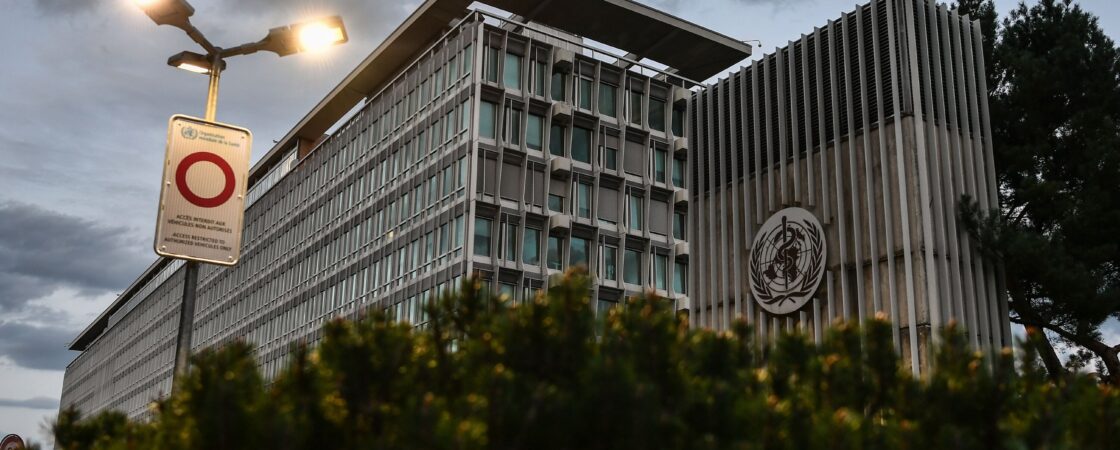President Trump acted swiftly on Monday to pull the United States out of the World Health Organization, a decision that public health experts warn will weaken the country’s position as a leader in global health and hinder efforts to combat future pandemics. This action was anticipated. Mr. Trump has been criticizing the W.H.O. since 2020, when he condemned the organization for its handling of the coronavirus pandemic and threatened to cut U.S. funding. However, after he lost the 2020 election, the threat did not come to fruition. Withdrawing from the W.H.O. would result in the Centers for Disease Control and Prevention losing access to the global data that the organization supplies. In 2020, when China identified the genetic sequence of the new coronavirus, it provided the information to the W.H.O., which then shared it with other countries. Recently, conservatives have criticized the W.H.O. for its efforts on a “pandemic treaty” aimed at enhancing pandemic readiness and establishing legally binding regulations for member countries regarding pathogen surveillance, prompt sharing of outbreak data, and developing local manufacturing and supply chains for vaccines and treatments, among other things. Negotiations on the treaty fell apart last year. In the U.S., certain Republican lawmakers considered the agreement a danger to American sovereignty. Lawrence O. Gostin, a public health law expert at Georgetown University who was involved in negotiating the treaty, stated that if the U.S. withdrew from the W.H.O., it would severely harm public health and even more so jeopardize American national interests and security. Established in 1948 with assistance from the United States, the World Health Organization is a United Nations agency. According to its website, its mission is to “tackle the major health challenges of our era and significantly improve the well-being of people around the globe.” This involves providing assistance to conflict-affected regions such as Gaza and monitoring new outbreaks like Zika, Ebola, and Covid-19.



